Water Damage: A Homeowner’s Guide

Securing your home, a significant investment, demands a watchful eye against potential threats like water damage. This menace has the potential to unleash havoc on your property, causing structural issues, mold growth, and incurring costly repairs. In this guide, we will delve into how homeowners can proactively identify early signs of water damage and take necessary steps to mitigate them.
Inspect Your Roof Regularly:
As the primary defense against the elements, your roof requires routine inspections. Scrutinize for missing shingles, damaged flashing, or any indications of wear and tear. Immediate attention is needed for water stains on the ceiling and walls, as they may signify a leaky roof.
Check for Leaky Pipes:
Hidden water damage within walls or beneath flooring can be caused by leaky pipes. Be vigilant for water stains, discoloration, or warping on walls and ceilings, potential signals of plumbing issues. Inspect visible pipes for leaks and promptly address or replace damaged sections.
Examine Windows and Doors:
Windows and doors, if improperly sealed, can permit water infiltration. Check for cracked caulking or damaged weather stripping and proceed to repair or replace as necessary. Be observant of water pooling around windows, as it might suggest inadequate drainage or grading.
Inspect the Foundation:
A robust foundation is fundamental for a secure home. Regularly examine for cracks, especially around windows and doors. Keep an eye out for efflorescence, a white, powdery substance indicating water intrusion. Consult with a professional to address foundation concerns promptly.
Keep an Eye on Your Basement:
Basements are particularly vulnerable to water damage. Look for dampness, water stains, or mold growth. Inspect for cracks in the walls or floor, ensuring your sump pump is in good working condition. Contemplate waterproofing measures to safeguard against potential flooding.
Evaluate Attic Conditions:
Despite being often overlooked, the attic plays a crucial role in preventing water damage. Inspect for leaks, condensation, or mold growth. Maintain proper ventilation to prevent moisture buildup and promptly address any issues with the roof, vents, or insulation.
Monitor Appliances and Fixtures:
Appliances such as washing machines, dishwashers, and water heaters can serve as sources of water damage. Regularly inspect for leaks, rust, or water pooling around these appliances. Replace worn-out hoses and connectors and consider installing water leak detectors for added protection.
Landscaping and Grading:
The slope and grading around your home should channel water away from the foundation. Check for signs of erosion or standing water near the house and make necessary adjustments to ensure proper drainage. Consider installing gutters and downspouts to redirect rainwater away from the foundation.
Conclusion:
Remaining vigilant and conducting regular inspections empower homeowners to identify early signs of water damage and take proactive measures before issues escalate. Timely maintenance and repairs can spare you from the headaches and expenses associated with extensive water damage. When in doubt, seek professional advice for a comprehensive assessment of your home’s condition.
